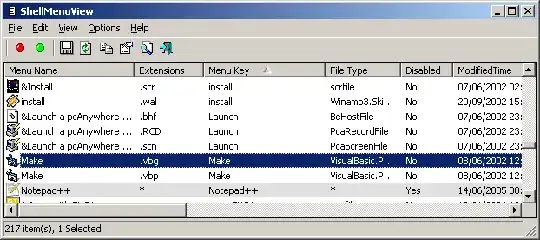I have reason to believe that I may have malware on my system in the form of an Explorer extension. I suspect this because Procmon shows that Explorer.exe keeps re-writing a certain Registry key that is intended to run a certain EXE at startup.
How do I find out what Explorer extensions are installed, and how do I remove them?

